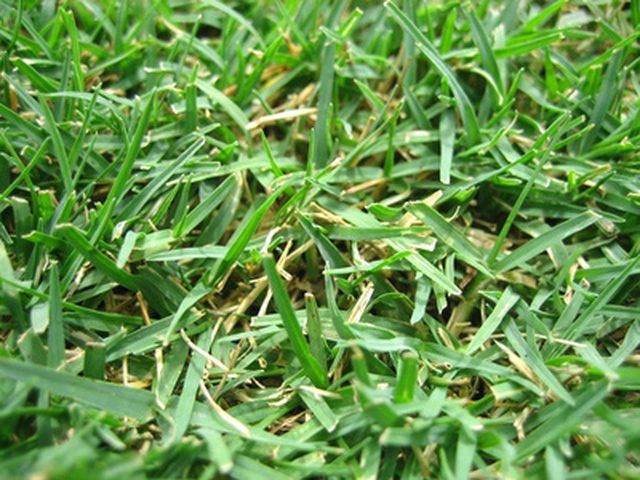Bulbs
Flower Basics
Flower Beds & Specialty Gardens
Flower Garden
Garden Furniture
Garden Gnomes
Garden Seeds
Garden Sheds
Garden Statues
Garden Tools & Supplies
Gardening Basics
Green & Organic
Groundcovers & Vines
Growing Annuals
Growing Basil
Growing Beans
Growing Berries
Growing Blueberries
Growing Cactus
Growing Corn
Growing Cotton
Growing Edibles
Growing Flowers
Growing Garlic
Growing Grapes
Growing Grass
Growing Herbs
Growing Jasmine
Growing Mint
Growing Mushrooms
Orchids
Growing Peanuts
Growing Perennials
Growing Plants
Growing Rosemary
Growing Roses
Growing Strawberries
Growing Sunflowers
Growing Thyme
Growing Tomatoes
Growing Tulips
Growing Vegetables
Herb Basics
Herb Garden
Indoor Growing
Landscaping Basics
Landscaping Patios
Landscaping Plants
Landscaping Shrubs
Landscaping Trees
Landscaping Walks & Pathways
Lawn Basics
Lawn Maintenance
Lawn Mowers
Lawn Ornaments
Lawn Planting
Lawn Tools
Outdoor Growing
Overall Landscape Planning
Pests, Weeds & Problems
Plant Basics
Rock Garden
Rose Garden
Shrubs
Soil
Specialty Gardens
Trees
Vegetable Garden
Yard Maintenance
How Long Should I Wait in Between Lawn Fertilizing?
How Long Should I Wait in Between Lawn Fertilizing?.

The Need for Fertilizer
Most lawns do not need to be fertilized to maintain grass. However, unfertilized lawns usually have thin, light green blades of grass and are highly susceptible to diseases like rust, red thread and brown blight. Fertilized lawns are usually thicker, darker green and look healthier.
Maintaining the Lawn
Fertilizing needs are generally lower on older lawns where grass clippings are mulched into the grass while mowing. The timing of fertilizing depends on the richness the gardener wants to maintain. For new lawns, regular fertilizing will produce a thick grass that will eventually need to be fertilized less often. An older lawn that does not receive its clippings while mowing will need to be fertilized every four to eight weeks until the nutrient levels have been re-established. Once a lawn has gained nutrients, fertilize once a year. Fertilizer applied in the early spring or late fall has a longer lasting effect than if applied in the winter or summer.
Bottom Line
Fertilizing lawns provides the gardener with lush grass that can last an entire year once established. Grass does not have to be fertilized to grow and maintain a green color, but grass will be healthier with the proper nutrients.